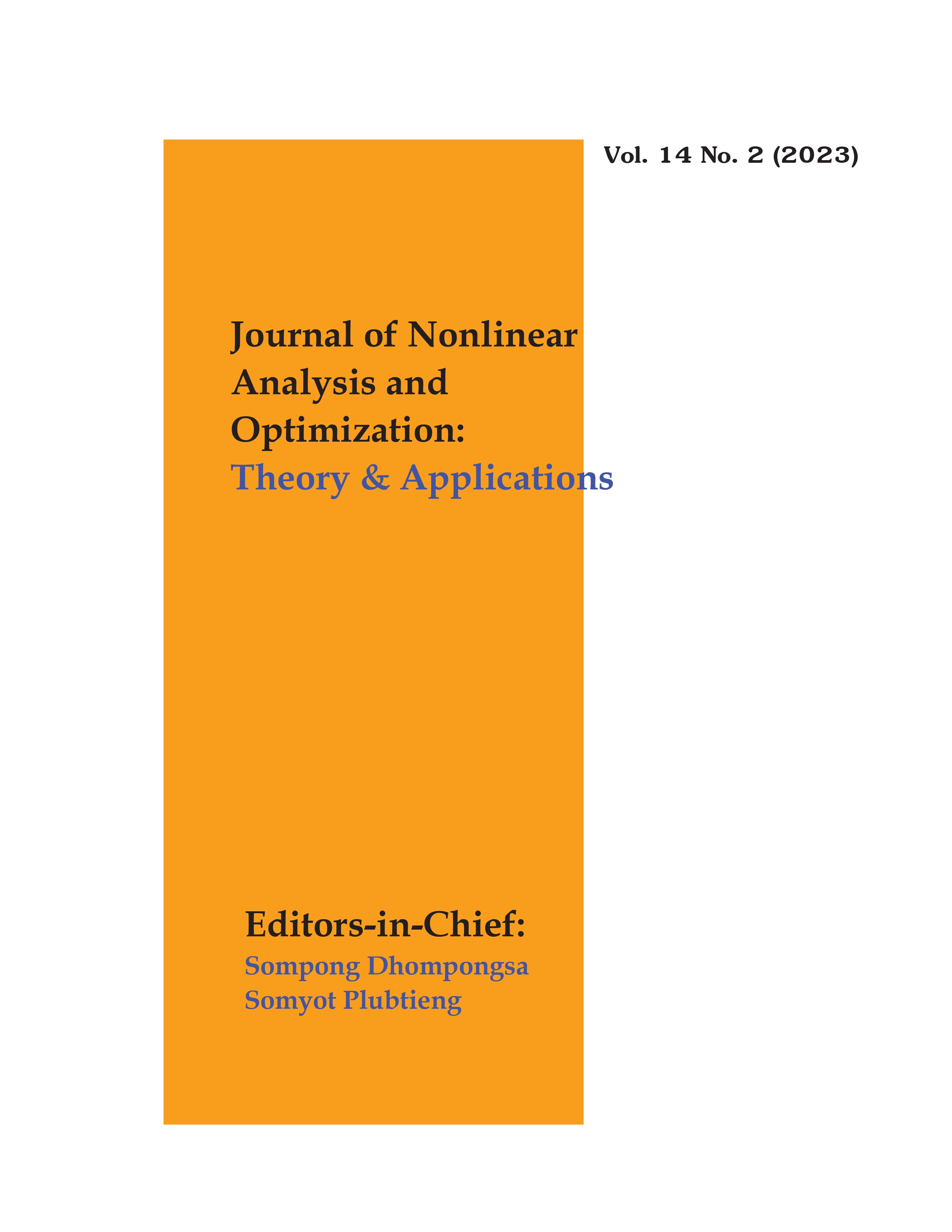M. MARUTHI PRASAD,Dr. GAURAV YADAV,Dr. SUBBARATNAM BHAVANASI
Keywords: Multiband Patch Antenna, Electromagnetic Band Gap (EBG), Mutual Coupling Reduction, Wireless Communication, Antenna Design, Surface Wave Suppression.
Abstract
- Mutual Coupling (MC) is the exchange of energy betweenmultiple antennas when placed on the same PCB, it being one of thecritical parameters and a significant issue to be considered whendesigning MIMO antennas. It appears significantly where multipleantennas are placed very close to each other, with a high coupling affecting the performance of the array, in terms radiation patterns,thereflection coefficient, and influencing the input impedance. Moreover; it degrades thedesigned efficiency and gainsince partofthe power thatcould have been radiated becomes absorbed by other adjacent antennas’ elements. The coupling mechanism between multipleantenna elements is identified as being mainly through three different paths or channels: surface wave propagation, space (direct) radiationand reactive near-field coupling. In this paper, various coupling reduction approaches that are commonly employed in the literatureare categorized based on these mechanisms. Furthermore, a new comparative study involving four different array types (PIFA, patch,monopole, and slot), is explained in detail. This thesis primarily focuses on three interconnected research topics for mutual couplingreduction based on new isolation approaches for different wireless applications (i.e. Narrowband, Ultra-wide-band and Multi-band). First,a new Fractal based Electromagnetic Band Gap (FEBG) decouplingstructure between PIFAs is proposed and investigated for anarrowband application. Excellent isolation of more than 27 dB (Z-Xplane) and 40 dB (Z-Y plane) is obtained without much degradationofthe radiation characteristics. It is found that the fractal structures canprovide a band-stop effect, because of their self-similarity features fora particufrequencyband. Second, new UWB-MIMO antennas arepresentedwithhighisolationcharacteristics.Wideband isolation(≥31dB) is achieved through the entire UWBband (3.1-10.6 GHz) by etchinga novel compact planar decoupling structure inserted between thesemultiple UWB antennas. Finally, new planar MIMO antennas are presented for multi-band (quad bands) applications. A significant isolation improvement over the reference (≥ 17 dB) is achieved in each band by etching a hybrid solution.







